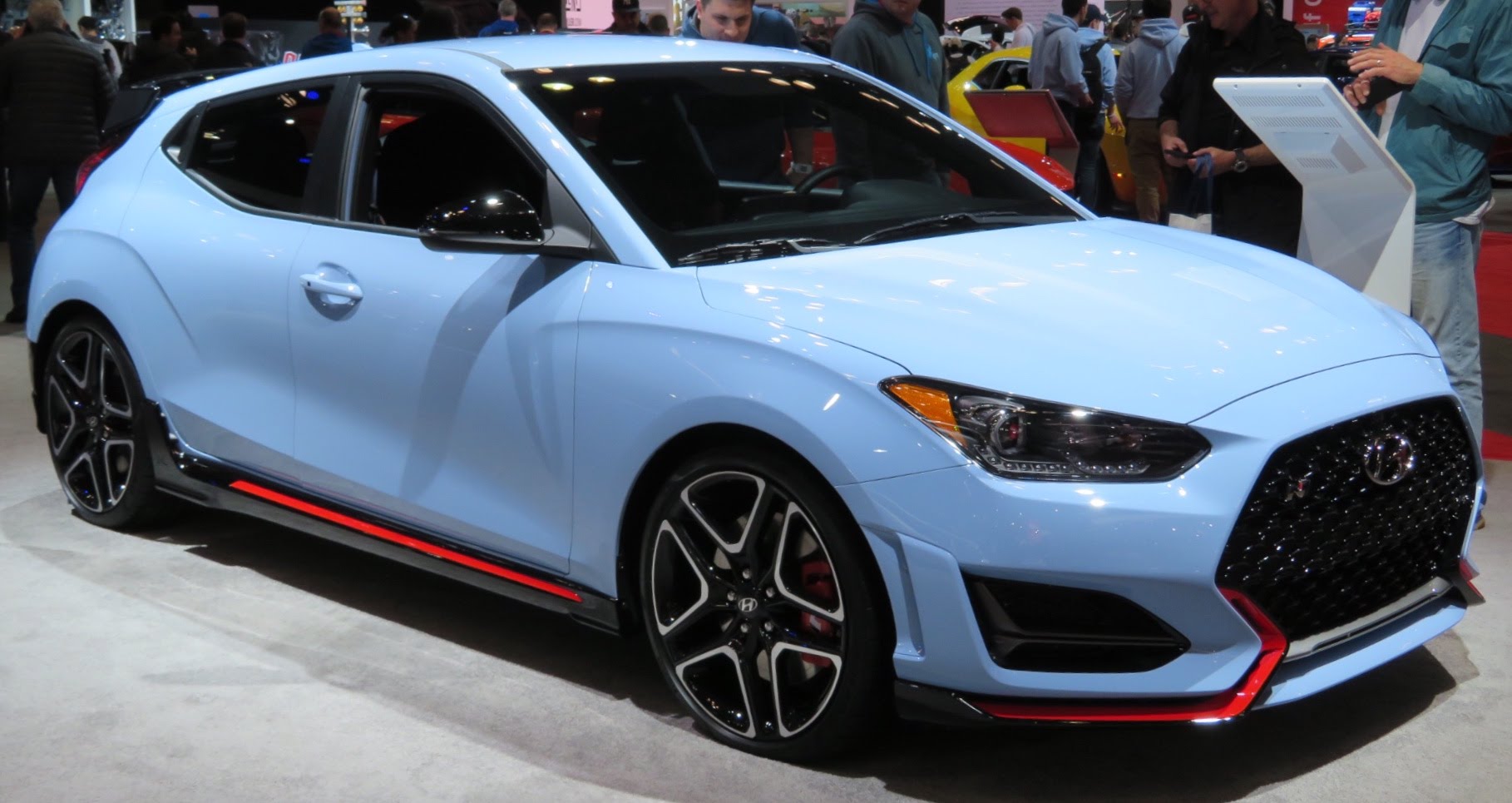The world of automotive design and engineering is far more vast and mysterious than the showrooms and highways suggest. Beneath the polished chrome of iconic vehicles and the familiar hum of everyday commutes lies a hidden realm: a graveyard of revolutionary concepts, daring prototypes, and audacious secret projects that, for myriad reasons, never saw the light of mass production. These are not merely abandoned machines; they are the tangible echoes of dreams, the silent witnesses to innovations that could have fundamentally reshaped our relationship with transportation.
In guarded workshops and clandestine design studios, brilliant minds once toiled, crafting vehicles that aimed to defy convention and redefine possibility. These untold stories reveal an alternate history of the automobile, a narrative woven with threads of incredible ambition, technical prowess, and sometimes, the harsh realities of economics or corporate politics. Each secret car embodies a “what could have been,” a tantalizing glimpse into futures that were envisioned, meticulously engineered, and then, often abruptly, consigned to the archives.
Join us as we pull back the curtain on this captivating automotive underworld, where the spirit of pure, unfiltered optimism once reigned supreme. We journey through a period when engineers genuinely believed in nuclear-powered sedans and when concept cars were guarded like state secrets, exploring some of the most audacious and boundary-pushing creations that, despite their brilliance, remained just beyond our grasp. These are the forgotten darlings, the automotive industry’s greatest hits that never quite made it to the charts, yet whose legacies continue to fascinate and inspire.
1. **Ford Nucleon**Imagine a world where your family sedan was powered not by gasoline, but by a miniature nuclear reactor. This was the breathtakingly audacious vision behind the Ford Nucleon, a concept car that emerged from the fervent imagination of the atomic age. Ford’s engineers seriously proposed powering this beauty with a rear-mounted nuclear reactor, basically turning your daily commute into a mobile Chernobyl waiting to happen, a bold statement on the promise of nuclear energy that captivated the public imagination in the 1950s.
The Nucleon’s design was as radical as its proposed powerplant. With its elongated, futuristic silhouette—at 200 inches long and just 41 inches tall, it was nearly as low as a GT40—it looked like something straight out of a science fiction comic book. The styling screamed “atomic age confidence” with chrome fins that could double as TV antennas and a nose cone that looked ready to dock with the International Space Station. This wasn’t just a car; it was a mobile monument to humanity’s belief in unlimited technological progress.
Ford optimistically claimed drivers would go 5,000 miles between “fill-ups,” though they conveniently left out the part about needing a hazmat team for routine maintenance. The reactor would use uranium fission to power a steam engine, because apparently regular old gasoline was for quitters. While Ford wasn’t entirely serious about the concept, its very existence speaks volumes about the era’s boundless optimism and willingness to challenge every automotive convention. The Nucleon remains a powerful symbol of a road not taken, a fantastical journey into a future that, perhaps fortunately, never quite arrived.
Read more about: From Nuclear Engines to Horse Heads: 16 Wild Car Innovations That Failed

2. **Chevrolet Aerovette**In the hallowed halls of General Motors, where the Corvette reigned supreme as America’s sports car, a different kind of revolution was brewing. The Chevrolet Aerovette was GM’s answer to every American gearhead who’d ever felt inadequate at a European car show, a Corvette concept that could look a Lamborghini in the eye without flinching, mainly because it borrowed heavily from European design language while keeping that undeniable Detroit swagger. It was an internal challenge, a design brief to push boundaries and explore uncharted territories for the iconic marque.
This wasn’t just another pretty face with a fiberglass body; the Aerovette was a profound re-imagining of the Corvette’s core philosophy. Breaking from the traditional front-engine layout, it packed a mid-mounted Wankel rotary engine, reflecting a brief, passionate affair GM had with the idea that spinning triangles were the future of automotive propulsion. The engine configuration promised superior balance and handling, a stark departure from the long-nosed, V8-powered Corvettes that had defined generations. The car’s proportions were so perfectly balanced that even Italian designers probably got a little jealous, signaling a true contender on the world stage.
The Aerovette was a visual masterpiece, adorned with dramatic gullwing doors that opened with the flair of a Broadway curtain call. It bounced around GM’s corporate offices for years like a promising screenplay that nobody quite knew how to greenlight. Upper management loved the looks but weren’t sure America was ready for a Corvette that required a PhD in geometry to understand its engine. By the time they decided to move forward, the rotary revolution had already died, taking the Aerovette’s dreams with it. Its eventual shelving underscores the often-tenuous line between visionary concept and market readiness, a tragic tale of a car perhaps too far ahead of its time.

3. **Chrysler Turbine Car**In the annals of automotive history, few vehicles are as simultaneously ingenious and bewildering as the Chrysler Turbine Car. This was an alternate fuel prototype, a car that solved problems nobody knew they had while creating problems nobody wanted to solve. Eschewing the conventional piston engine, Chrysler dared to equip this distinctive automobile with a jet engine, an engineering marvel that instantly set it apart from anything else on the road, echoing the spirit of a bygone era when innovation meant a willingness to completely rethink propulsion.
The turbine engine was a marvel of versatility. It produced 130 horsepower and a whopping 425 lb-ft of torque at stall speed, perfect for launching off stoplights like a commercial airliner. Even more astonishing was its fuel agnosticism; the engine could run on practically anything flammable: diesel, kerosene, jet fuel, even tequila or perfume. One test driver famously used peanut oil, proving that this car was basically the ultimate flex for health food enthusiasts. Imagine rolling up to Cars & Coffee and casually mentioning that your daily driver runs on whatever’s in your kitchen cabinet.
Chrysler wasn’t content to merely experiment in secret. They actually built 55 of these bronze beauties and, in an unprecedented public relations move, let regular people drive them for three months at a time. The test program was like an early version of Car2Go, except instead of returning the car to a designated spot, you just hoped it didn’t spontaneously combust in your driveway. The engine spun at 60,000 rpm and required minimal maintenance, though good luck finding a mechanic who knew the difference between a compressor wheel and a regular wheel. Despite its futuristic appeal, the car whistled like a tea kettle having an existential crisis, got fuel economy that would make a modern Suburban driver weep, and emitted exhaust so hot it could probably melt the bumper of the car behind you. It was a spectacular experiment, a bold leap that, while not commercially viable, remains a testament to Chrysler’s pioneering spirit.
Car Model Information: 2024 Mitsubishi Outlander SE Black Edition
Name: Chrysler Turbine Car
Assembly: Detroit,United States
Caption: Walter P. Chrysler Museum
Manufacturer: Chrysler Corporation
Production: 1963–1964,55 produced
Class: Concept car
BodyStyle: coupé
Layout: Front-engine, rear-wheel-drive layout
Engine: Chrysler turbine engines
Width: 72.9 in
Abbr: on
Height: 53.5 in
Wheelbase: 110 in
Length: 201.6 in
Weight: convert
Designer: Elwood Engel
Transmission: TorqueFlite
Categories: Articles with Internet Archive links, Articles with short description, Cars powered by gas turbines, Chrysler concept vehicles, Chrysler vehicles
Summary: The Chrysler Turbine Car is an experimental two-door hardtop coupe powered by a turbine engine and was manufactured by Chrysler from 1963 to 1964. Italian design studio Carrozzeria Ghia constructed the bodywork, and Chrysler completed the final assembly in Detroit. A total of 55 cars were manufactured: five prototypes and a limited run of fifty cars for a public user program. All have a signature metallic paint named “turbine bronze”, roughly the color of root beer. The car was styled by Elwood Engel and Chrysler studios. They featured power brakes, power steering, and a TorqueFlite transmission.
The Chrysler turbine engine program that produced the Turbine Car began during the late 1930s and created prototypes that completed long-distance trips in the 1950s and early 1960s. The A-831 engines that powered the Ghia-designed Turbine Car could operate on many fuels, required less maintenance, and lasted longer than conventional piston engines. However, they were much more expensive to produce.
After testing, Chrysler conducted a user program from October 1963 to January 1966 that involved 203 drivers in 133 cities in the United States cumulatively driving more than one million miles (1.6 million km). The program helped the company determine problems with the cars, notably with their complicated starting procedure, relatively unimpressive acceleration, and sub-par fuel economy and noise. The experience also revealed the advantages of the turbine engines, including their remarkable durability, smooth operation, and relatively modest maintenance requirements.
After the user program ended in 1966, Chrysler reclaimed the cars and destroyed all but nine; Chrysler kept two cars, six are displayed at museums in the United States, and one is in comedian Jay Leno’s private collection. Chrysler’s turbine engine program ended in 1979, mainly due to the failure of the engines to meet government emissions regulations, relatively poor fuel economy, and as a condition of receiving a government loan in 1979.
Get more information about: Chrysler Turbine Car
Buying a high-performing used car >>>
Brand: Chrysler Model: Turbine Car
Price: $25,788 Mileage: 13,922 mi.
Read more about: Jay Leno’s Garage: Beyond the Hangar Doors – A Deep Dive into Automotive History and Unrivaled Passion
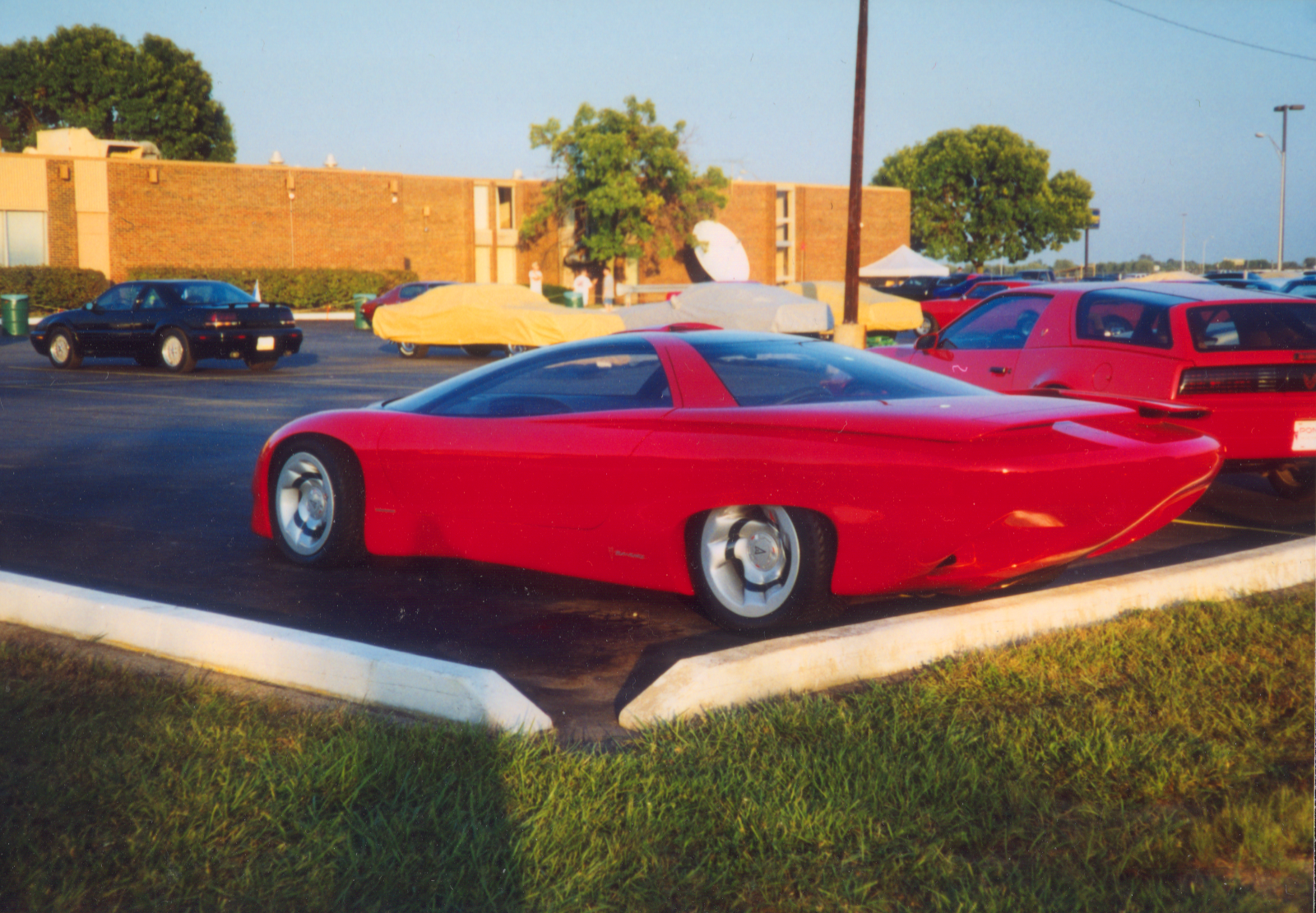
4. **Pontiac Banshee**In the fiercely competitive landscape of 1960s General Motors, divisional rivalries were as legendary as the cars themselves. The Pontiac Banshee was born from this crucible, Pontiac’s secret war against the corporate hierarchy, a fiberglass missile designed to prove that other divisions could build sports cars too, particularly one that could stand shoulder-to-shoulder, or even surpass, the revered Chevrolet Corvette. It was an act of automotive rebellion, a bold statement against corporate homogenization.
This was peak ’60s automotive rebellion wrapped in a body that looked like it was carved from a single piece of aggressive intention. The Banshee’s design was pure, unadulterated sports car perfection, a sleek, low-slung machine with muscular lines and an undeniable aura of speed. The proportions were perfect, the stance was menacing, and the whole package screamed, “I could outrun your Corvette while looking better doing it.” Pontiac engineers, fueled by passion and a desire to challenge the status quo, dropped in a small-block V8 and fine-tuned everything from the suspension to the steering ratio, ensuring its performance matched its striking aesthetics.
But here’s where things get tragically corporate: GM’s brass decided that having two sports cars in their lineup was about as logical as having two heads on your shoulders. Chevrolet’s lawyers had something to say about that, and by “something to say,” they probably threatened to key every Pontiac in the executive parking lot. The Banshee was quietly strangled in its crib, a victim of internal politics and the fear of cannibalizing sales from an established icon. Today, the surviving prototypes are worth more than most people’s houses, serving as a poignant reminder of what might have been, and a testament to the enduring appeal of a car that was too good for its own good.
Read more about: Ten Iconic Jet Age Dream Machines: Unpacking the Designs, Power, and Legacy of Mid-Century Automotive Innovation
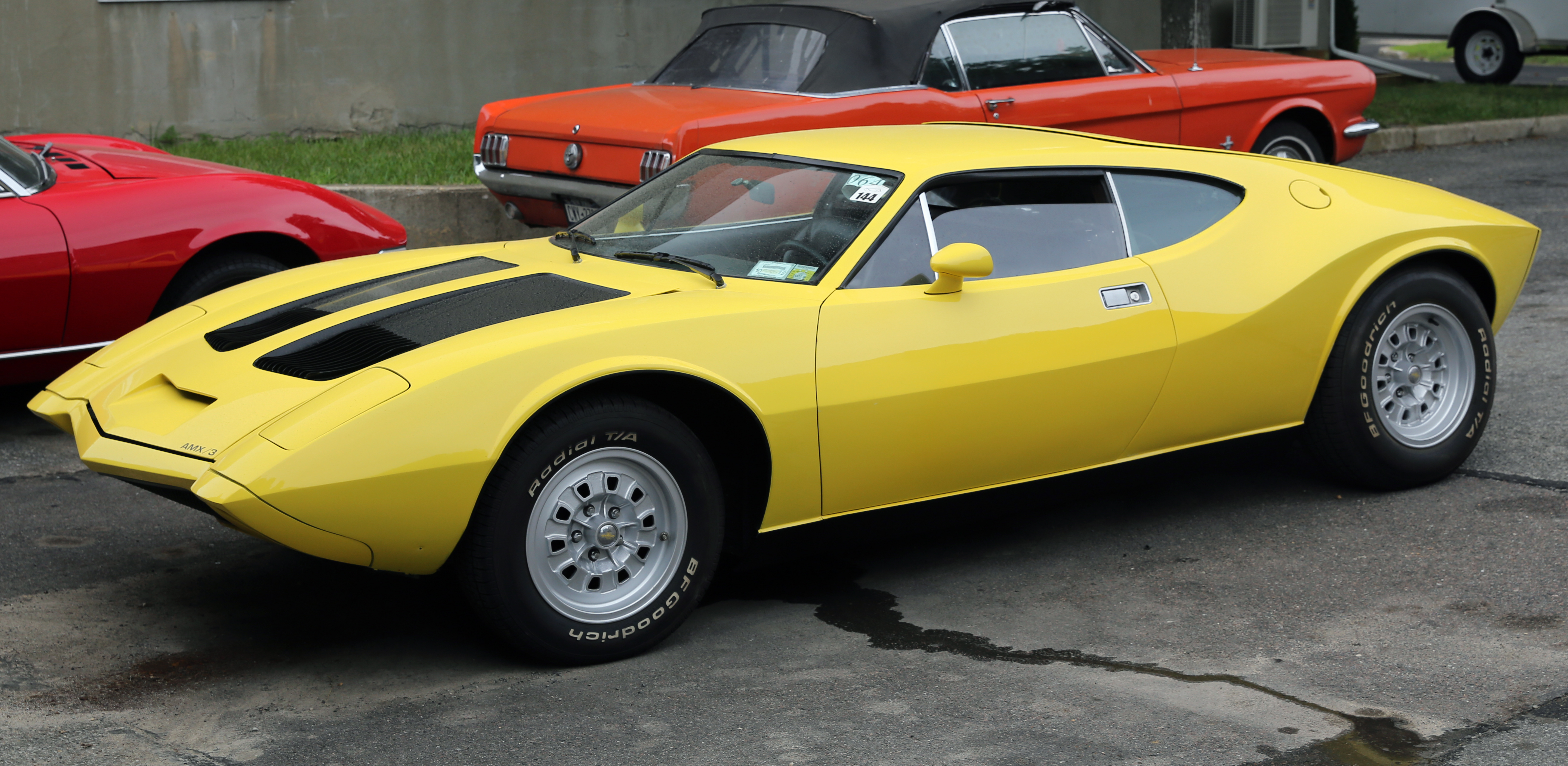
5. **AMC AMX/3**American Motors Corporation (AMC) was not typically synonymous with high-performance supercars. It was a company known more for its practical, sometimes quirky, and budget-friendly offerings. Yet, in a testament to the audacity and ambition that sometimes gripped even the most unexpected automakers, the AMC AMX/3 emerged—a mid-engine marvel that defied all expectations. This was American Motors Corporation building a supercar, an unexpected but admirable feat, like a tour bus veering off-road and heading into the water.
The AMX/3 proved that you didn’t need Ferrari’s budget to dream Ferrari dreams, just a healthy dose of American stubbornness and access to Italian design talent. AMC partnered with the legendary Italian firm Bizzarrini, known for their bespoke and high-performance vehicles. The result was a stunning, wedge-shaped supercar, a fusion of American muscle and European flair. It housed a powerful American V8 engine, producing performance figures that could challenge the best from Italy or Germany, wrapped in an exquisitely sculpted body that turned heads and defied its humble origins.
Development was meticulous, with prototypes undergoing extensive testing in Italy. The car was engineered for speed, handling, and driver engagement, featuring advanced suspension and braking systems. The AMX/3 was a serious contender, a credible attempt to put AMC on the map as a producer of world-class performance vehicles. However, global financial downturns and escalating production costs proved insurmountable. Only a handful were ever built before the project was shelved, making the AMX/3 an extremely rare and revered artifact today, a symbol of a small American automaker’s colossal ambition and a testament to the fleeting nature of even the most promising automotive dreams.
Continuing our deep dive into history’s most intriguing unreleased vehicles, we now journey further into the archives, unearthing five more secret projects that exemplify advanced technologies, profound historical losses, and the often-unseen architects who dreamed of reshaping the future of transportation. These are the forgotten pioneers, vehicles that vanished into the shadows, yet their stories offer invaluable insights into the relentless pursuit of innovation within the automotive world.
Read more about: The Unforgettable Roar: Dominant ’60s Muscle Cars from the Big Three Automakers

6. **Ford J-Car**In the feverish competitive atmosphere leading up to the 1967 24 Hours of Le Mans, Ford was not merely building race cars; it was engineering the future in secret. The Ford J-Car emerged from this intense development, a clandestine prototype designed to dominate the world’s most grueling endurance race. This was more than just another fast machine; it was a technological marvel, featuring an aluminum honeycomb chassis—a revolutionary construction method that put it decades ahead of its time in terms of lightweight strength and structural rigidity.
This advanced chassis technology, more commonly associated with aerospace applications, allowed the J-Car to achieve an unparalleled power-to-weight ratio. Ford’s engineers were pushing the boundaries of what was considered possible in automotive construction, creating a platform that promised superior handling and blistering speed. The car’s sleek, aerodynamic body was meticulously sculpted, a testament to the blend of art and science that defines elite motorsport engineering. It represented a bold leap, envisioning a future where road cars might one day incorporate such advanced materials.
While the J-Car ultimately evolved into the legendary GT40 Mark IV that secured Ford’s victory at Le Mans, many of its most radical features and experimental configurations remained hidden from public view. The project itself embodied the high-stakes world of secret racing divisions, where breakthroughs were made, tested, and sometimes discarded or refined away from public scrutiny. Its story is a powerful reminder that the track often serves as the ultimate proving ground for technologies that might one day find their way into everyday vehicles, albeit in a far more subtle form.
Read more about: Pure Automotive Gold: 14 Masterpiece Cars from the 1960s That Still Reign Supreme
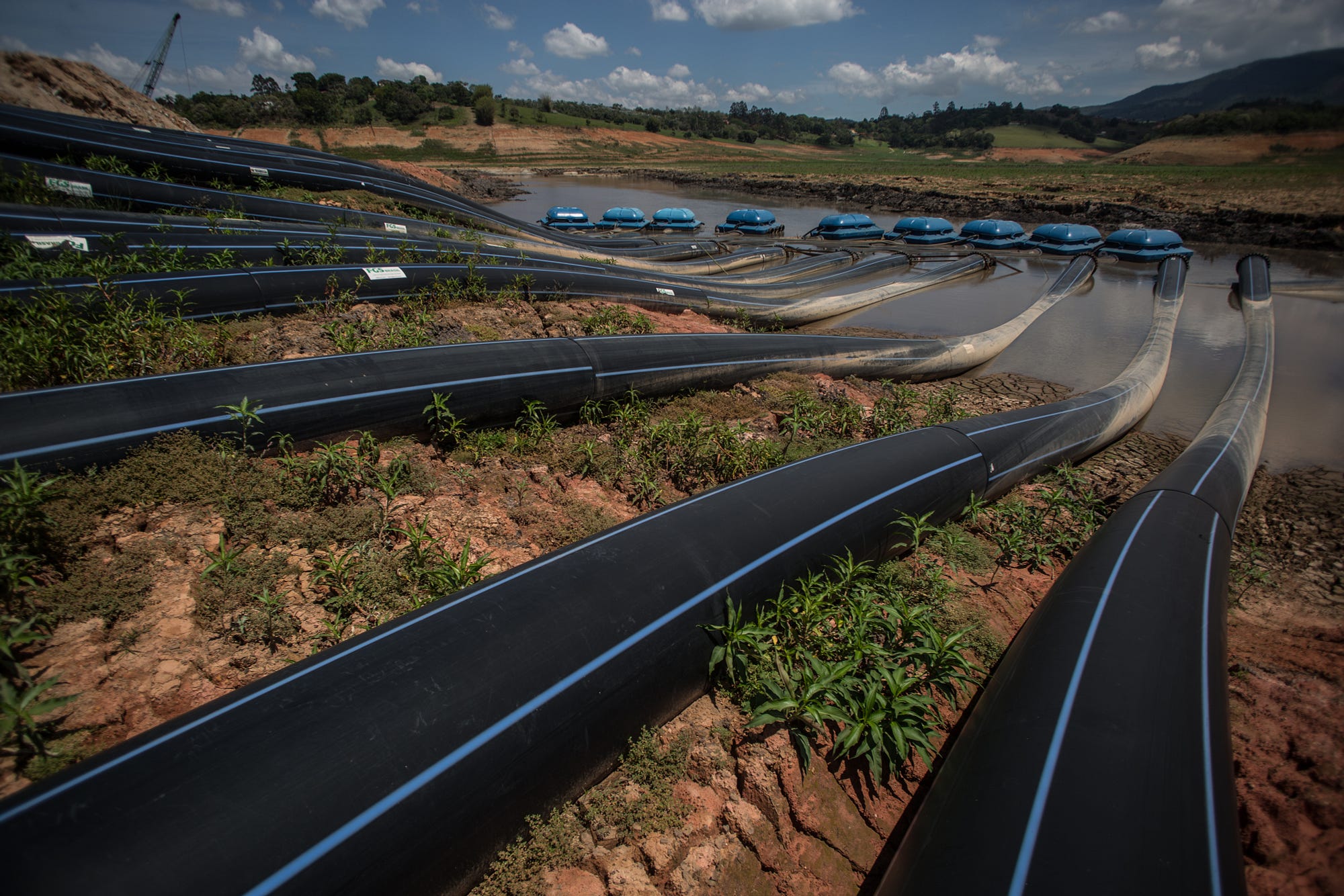
7. **Chrysler’s “Patriot” Le Mans Project**From the early 1990s, a veil of mystery has surrounded Chrysler’s enigmatic “Patriot” Le Mans project, a venture that represented an ambitious leap into alternative propulsion technology for endurance racing. This classified initiative aimed to combine a gas turbine engine with a sophisticated flywheel energy storage system, an engineering feat that was exceptionally advanced for its era. The very concept challenged the conventional wisdom of racing powertrains, seeking to harness efficiency and power in entirely new ways.
The Patriot’s propulsion system was a testament to Chrysler’s willingness to experiment far beyond traditional internal combustion. The gas turbine offered a high power output from a compact, lightweight package, while the flywheel system promised to recover and store kinetic energy, deploying it to provide bursts of acceleration or enhance efficiency. This hybridization, though still in its nascent stages, foreshadowed the hybrid and electric technologies that would become commonplace decades later, positioning the Patriot as a true precursor in the race for greener performance.
Despite promising test results and the undeniable ingenuity of its design, the project was ultimately shelved. The technology, while groundbreaking, proved simply too complex and expensive for full-scale development and competition within the constraints of the early 1990s. The Patriot remains a poignant symbol of a vision unfulfilled, an example of how technological ambition can sometimes outpace economic feasibility, leaving behind a legacy of “what if” in the annals of motorsport innovation.
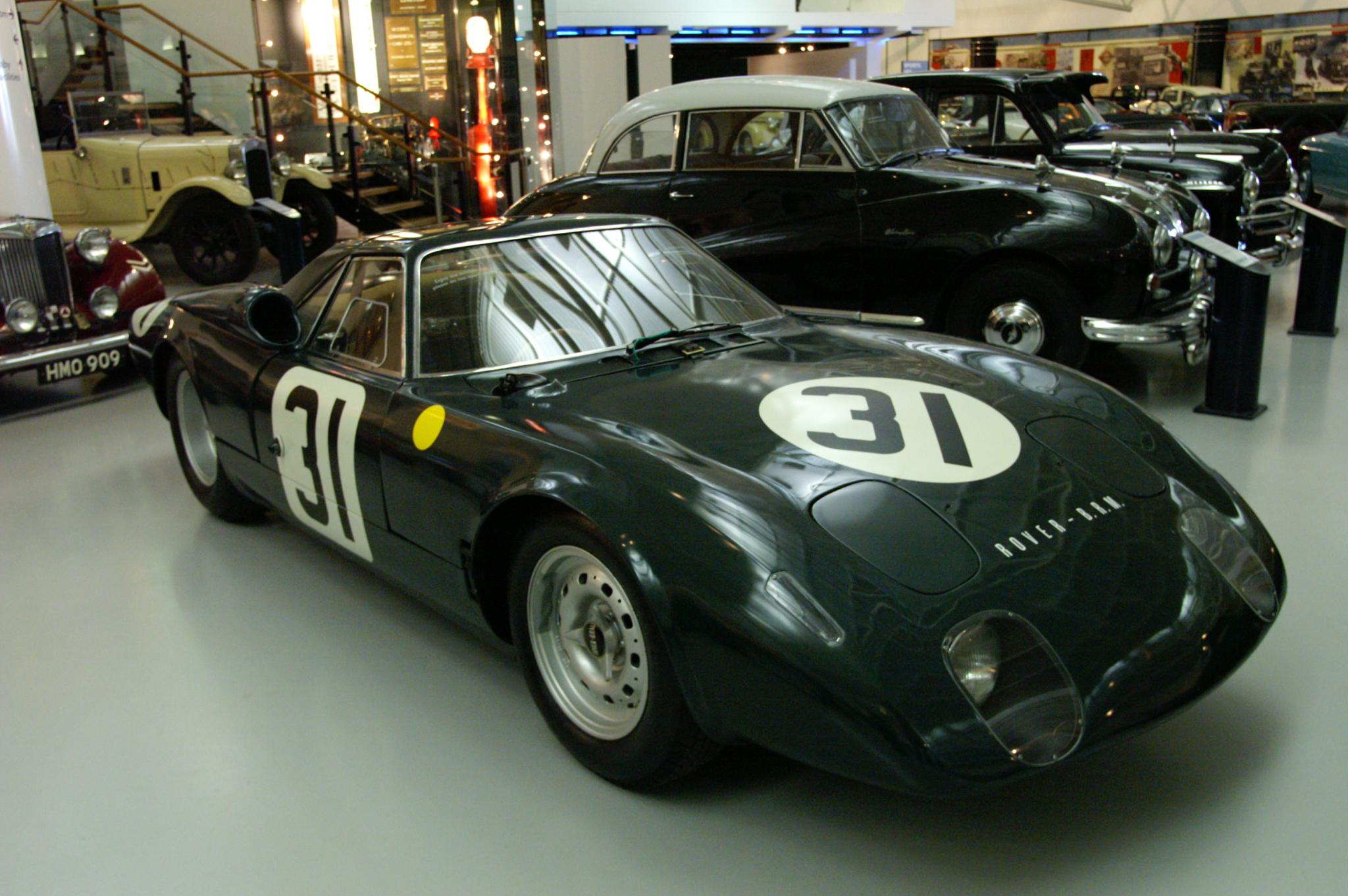
8. **Rover-BRM Gas Turbine Car**Building on the spirit of turbine-powered automotive experimentation, the Rover-BRM gas turbine car made remarkable appearances at the 24 Hours of Le Mans in both 1963 and 1965. This collaborative effort between the British automaker Rover and the British Racing Motors (BRM) Formula 1 team represented a serious attempt to demonstrate the viability of turbine power in the grueling world of endurance racing. It was a bold statement, aiming to prove that jet-age technology could translate effectively onto the race track.
The car, with its distinctive whine and unconventional engineering, achieved something truly remarkable: it demonstrated exceptional reliability. In an era when most experimental powertrains struggled to complete such a demanding race, the Rover-BRM not only finished but did so with consistent performance. This achievement underscored the inherent smoothness and durability of turbine engines, requiring minimal maintenance compared to their piston-driven counterparts, which often suffered from mechanical failures under sustained high stress.
However, despite its on-track success and reliability, the commercial prospects of the Rover-BRM turbine car were dim. The technology was ultimately deemed too expensive for mass production, facing challenges in fuel efficiency (though less so than the Chrysler Turbine Car) and the complexities of manufacturing at scale. Like many pioneering technologies, it faded into obscurity, its innovative spirit remembered primarily by automotive historians and enthusiasts who appreciate the audacity of its creators and its quiet, yet profound, contribution to the exploration of alternative powertrains.
Car Model Information: 2024 Mitsubishi Outlander SE Black Edition
Name: Rover-BRM
Manufacturer: Rover Company,British Racing Motors
Production: 1963–1965
Engine: Gas turbine
Designer: William Towns,David Bache
Categories: 24 Hours of Le Mans race cars, All articles with dead external links, Articles with dead external links from March 2018, Articles with permanently dead external links, Articles with short description
Summary: The Rover-BRM was a prototype gas turbine-powered racing car, jointly developed in the early 1960s by the British companies Rover and British Racing Motors (BRM). The car is part of the collection at the British Motor Museum.
Rover had already been working with gas turbines for road vehicles since World War II. A series of potential road cars were also produced, starting with the early prototype Jet 1, through the more developed examples T2 and T3, followed by the T4, which performed demonstration laps around the Le Mans circuit before the 1962 race. Seeing an opportunity for even more prestige, Rover decided to enter a gas turbine car into the race. A prize was to be awarded for the first gas turbine car to complete 3,600 km over the 24 hours, an average speed of 150 km/h, approximately 93 mph.
A crucial step in this plan was a chance meeting between William Martin-Hurst, MD of Rover, and Sir Alfred Owen of Rover’s component supplier Rubery Owen, but more relevantly also of the Formula 1 constructors BRM. BRM supplied the chassis of Richie Ginther’s crash-damaged car from the 1962 Monaco Grand Prix. A custom open-top spyder body was then built in aluminium, with the turbine mid-mounted ahead of a single-speed transaxle.
The first test runs were at the MIRA track in April 1963, driven by Graham Hill who described it thus, “You’re sitting in this thing that you might call a motor car and the next minute it sounds as if you’ve got a 707 just behind you, about to suck you up and devour you like an enormous monster.” The top speed is quoted to be 142 mph (229 km/h)
Get more information about: Rover-BRM
Buying a high-performing used car >>>
Brand: Rover Model: BRM Gas Turbine Car
Price: $25,788 Mileage: 13,922 mi.

9. **1935 Bugatti Type 57 Aérolithe**Among the most profound historical losses in automotive history is the enigmatic 1935 Bugatti Type 57 Aérolithe, a masterpiece crafted by Jean Bugatti himself. This vehicle was not merely a car; it was a rolling sculpture, a testament to avant-garde design and engineering that pushed the boundaries of aesthetic and material science. Its existence, tragically cut short, has fueled decades of fascination and speculation, making it perhaps the most famous ‘lost car’ in history.
The Aérolithe was instantly recognizable by its revolutionary aerodynamic design and unique construction. Its body was fashioned from Elektron, a magnesium alloy known for its extreme lightness and strength, but also for being notoriously difficult to weld. This necessitated riveted seams, creating a distinctive ‘dorsal fin’ that ran along the car’s spine—a design cue that would later become a signature feature of the iconic Bugatti Atlantic models. It was a breathtaking vision of the future, embodying speed and elegance in equal measure.
Tragically, this magnesium-bodied marvel vanished during World War II, its fate remaining one of the automotive world’s most enduring mysteries. Was it dismantled for its valuable materials, hidden away and forgotten, or simply destroyed in the chaos of conflict? The loss of the Aérolithe represents an irreplaceable void in the lineage of automotive design, robbing future generations of the opportunity to witness Jean Bugatti’s original, groundbreaking vision. Its disappearance leaves us with only photographs and meticulous descriptions to ponder its true magnificence.
Car Model Information: 2024 Mitsubishi Outlander SE Black Edition
Name: Bugatti Type 57
Caption: 1936 Bugatti Type 57 Atalante
Manufacturer: Bugatti
Assembly: Molsheim
Production: 1934–1940,710 produced
Designer: Jean Bugatti
Class: Grand tourer
Engine: DOHC,Straight-8
Predecessor: Bugatti Type 49
Successor: Bugatti Type 101
Categories: 24 Hours of Le Mans race cars, Articles with short description, Bugatti automobiles, CS1 Romanian-language sources (ro), Cars introduced in 1934
Summary: The Bugatti Type 57 and later variants (including the famous Atlantic and Atalante) was a grand tourer built from 1934 through 1940. It was an entirely new design created by Jean Bugatti, son of founder Ettore. A total of 710 Type 57s were produced.
Type 57s used a straight-8 twin-cam engine of 3.3 L (3257 cc/198 in³) displacement. Bore and stroke were 72 mm by 100 mm based on that of the Type 49 but heavily modified by Jean Bugatti, unlike the single cam engines of the Type 49 and earlier models. The engines of the Type 50, 51 used bevel gears at the front of the engine to transmit power from the crankshaft, whereas the Type 57 used a train of spur gears at the rear of the engine, with fiber gear wheels on the camshafts to achieve more silence in operation.
There were two basic variants of the Type 57 car:
The original Type 57
The lowered Type 57S/SC
The Type 57 chassis and engine was revived in 1951 as the Bugatti Type 101. A rediscovered Type 57 was sold for 3.4 million euros at auction on 7 February 2009 at a motor show in Paris.
Get more information about: Bugatti Type 57
Buying a high-performing used car >>>
Brand: Bugatti Model: Type 57 Aérolithe
Price: $25,788 Mileage: 13,922 mi.
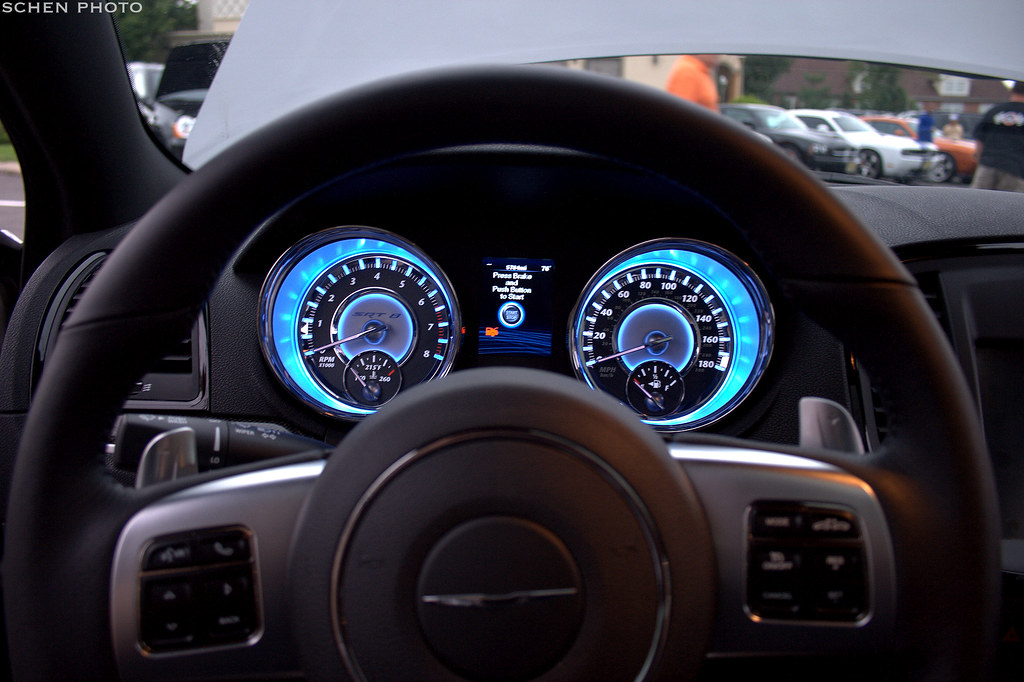
10. **Chrysler Ghia Concept that Sank with the Andrea Doria**In a narrative worthy of a Hollywood script, one of automotive history’s greatest and most literal losses occurred in 1956, when a unique Chrysler Ghia concept car plunged to the ocean floor aboard the ill-fated Italian ocean liner, the Andrea Doria. This one-of-a-kind prototype, a collaboration with the legendary Italian coachbuilder Ghia, was en route to America, poised to make its grand debut and showcase the pinnacle of transatlantic design and engineering partnership. Instead, it met a watery grave, taking its innovations to the depths of the Atlantic.
The Ghia concept, like many bespoke creations of its era, represented the seamless fusion of American mechanical prowess and Italian aesthetic sensibility. Designed by Ghia, known for their exquisite craftsmanship and innovative styling, it embodied a distinctive elegance that set it apart. These collaboration projects were crucial testing grounds, allowing American manufacturers to explore daring design language and introduce European flair into their often more conservative domestic lineups. It was a car that whispered of a glamorous future for Chrysler.
The sinking of the Andrea Doria, a catastrophic collision that saw the ship go down off the coast of Nantucket, sealed the fate of this beautiful prototype. It was an irreplaceable loss, not just of a physical object, but of a specific moment in automotive design evolution. Unlike cars that are merely shelved or dismantled, the Chrysler Ghia concept suffered a complete and irretrievable disappearance, making it a poignant symbol of how fragile and fleeting even the most significant automotive dreams can be, sometimes lost to forces far beyond human control.
Car Model Information: 2024 Mitsubishi Outlander SE Black Edition
Name: Carrozzeria Ghia
Logo: Ghia automobile logo.svg
LogoSize: 200
Type: Subsidiary
Foundation: [object Object]
Founder: Giacinto Ghia
LocationCity: Turin
LocationCountry: Italy
KeyPeople: Felice Mario Boano
Industry: automotive industry
Services: automotive design,coachbuilding
Owner: Ford Motor Company
Parent: De Tomaso
Subsid: Ghia-Aigle
Categories: All articles with unsourced statements, Articles with short description, Articles with unsourced statements from September 2023, CS1: long volume value, CS1 French-language sources (fr)
Summary: Carrozzeria Ghia SpA (established 1916 in Turin) is an Italian automobile design and coachbuilding firm, established by Giacinto Ghia and Gariglio as “Carrozzeria Ghia & Gariglio”. The headquarters are located at Corso Guglielmo Marconi, 4, Turin. The company is currently owned by Ford Motor Company and focused on the European market through Ford’s subsidiary in the region.
Through the years, Ghia has produced many bodies for several automobile manufacturers such as Alfa Romeo, Chrysler, Ferrari, Fiat, Ford, Jaguar, and Volkswagen.
Get more information about: Carrozzeria Ghia
Buying a high-performing used car >>>
Brand: Chrysler Model: Ghia Concept
Price: $25,788 Mileage: 13,922 mi.
As we conclude this journey through the secret history of unreleased automotive marvels, we are left with a profound appreciation for the relentless spirit of innovation that drives the industry. From radical powerplants to groundbreaking chassis designs and the sheer artistry of bespoke coachbuilding, these hidden projects—whether lost to time, corporate decisions, or the depths of the ocean—underscore a fundamental truth: the world of cars is richer and more complex than what meets the eye. These vehicles embody the dreams of unseen architects, engineers, and designers who dared to imagine a different future, continually pushing the boundaries of what is possible, even if their creations remained just beyond the public’s grasp. Their untold stories are not merely footnotes but crucial chapters in the ever-evolving narrative of transportation, inspiring us to look beyond the familiar and ponder the infinite roads not taken.



